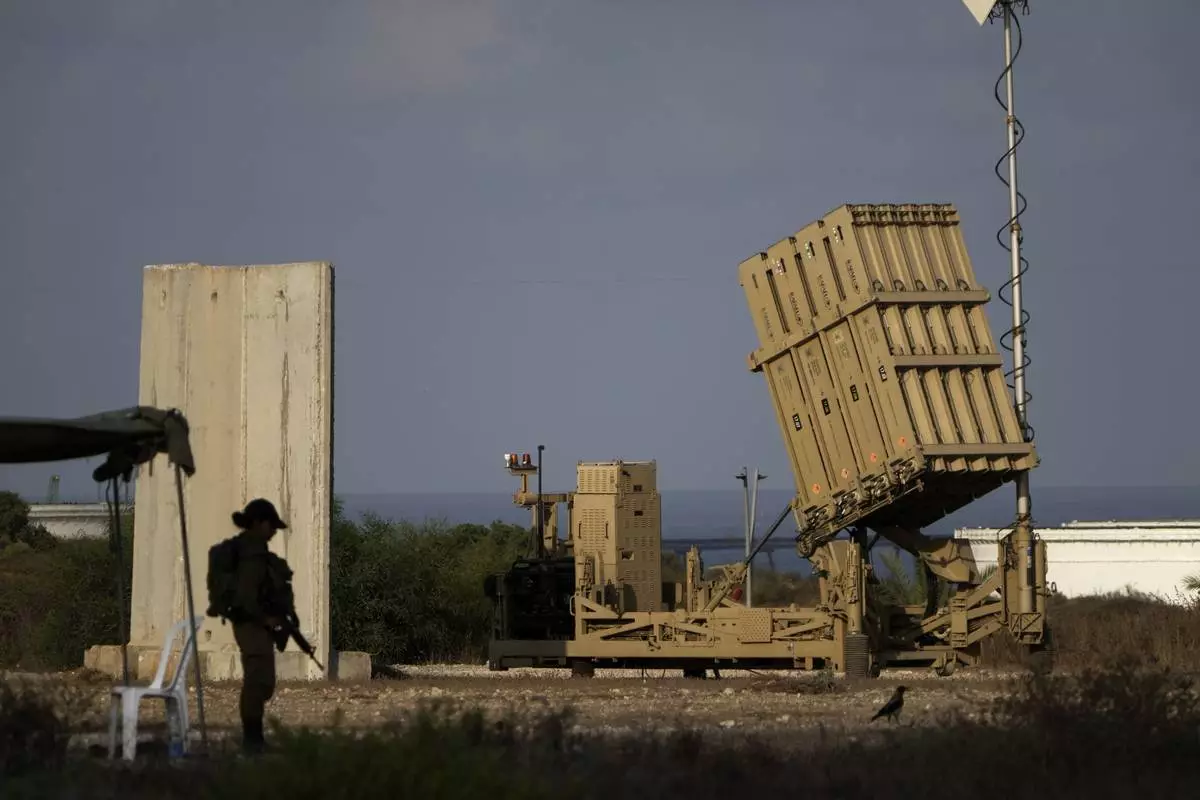During the Spring Festival, Liu Huimin and other craftsmen set up a furnace and blow liquid iron into it.
When the furnace is red-hot, the craftsman scoop up the liquid metal and hit it hard with a plank. The sparks scatter everywhere. It's called "Datiehua (spray the molten iron)," a traditional folk art in Shanxi Province, China.
It is popular in Henan and Shanxi Provinces. Originating in the Spring and Autumn Period (770–221 B.C.), it flourished during the Ming and Qing dynasties – making the tradition well over 2,000 years old.
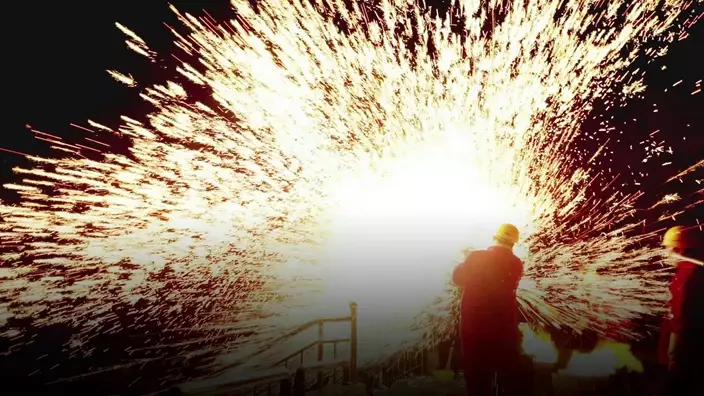
CGTN Photo
Inspired by the process of forging iron, the blacksmiths splash the molten iron onto the brick walls of a castle. The sparks are just like fireworks. The performance is a way of praying for good luck and avoiding misfortune. It looks like the crown of a golden tree.
When fellow villagers open a business or get married, they invite Liu and his team to spray the molten iron for the celebration.
"I grew up beside the Yellow River. I have been doing it for more than 40 years. People call me the 'Yellow River Man,'" Liu said. He started to learn the techniques in 1979. For Liu and his fellow villagers, Datiehua is one of the most popular customs of the Spring Festival, besides the reunion dinner, Yangko dance and drumbeating.
"In the past, rich people set off fireworks, while poor people had to spray the molten iron instead. My family was poor. We couldn't afford the fireworks. So my grandfather used a stove and a blower to spray molten iron for us," Liu said.
According to Liu, the furnace should be preheated for nearly 40 minutes, and the internal temperature should be higher than 1,500 degrees Celsius. Only in this way can the liquid iron be fine and smooth for the amazing sparks.
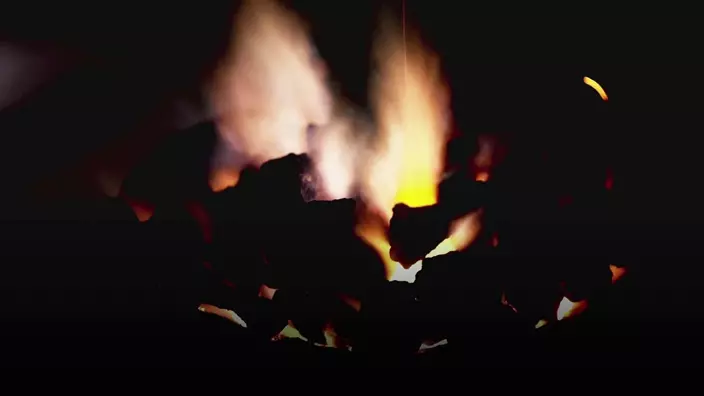
CGTN Photo
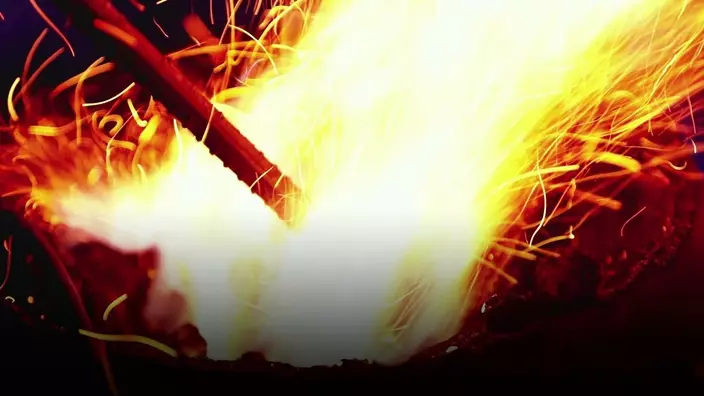
CGTN Photo

CGTN Photo
On the day of the performance, the craftsmen put iron blocks into the furnace. It warms up the cold air of early spring.
When the night falls, the performance begins. Using a big ladle, a man throws the molten iron into the sky before hitting it with a plank soaked in cold water.
Bang! The red-hot molten iron explodes into dazzling sparks. Shimmering stars sprinkle all over the sky, covering the performer like a golden umbrella. The display is quite spectacular against the night sky, and is in some ways better than real fireworks.
It may seem fantastic; however, it is a dangerous job. The artists wear straw hats and sheepskin coats as protection, but accidents still happen.
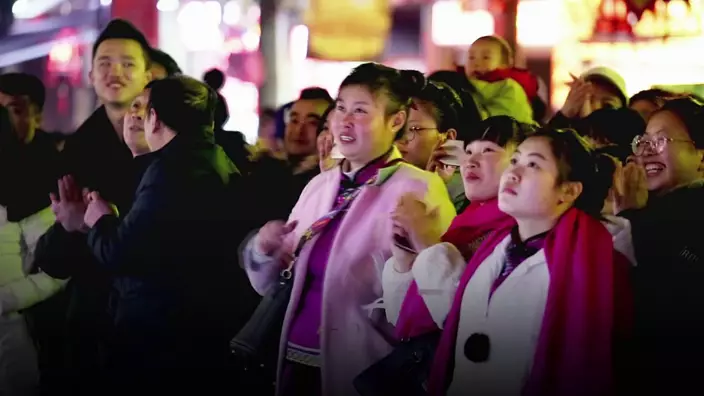
CGTN Photo
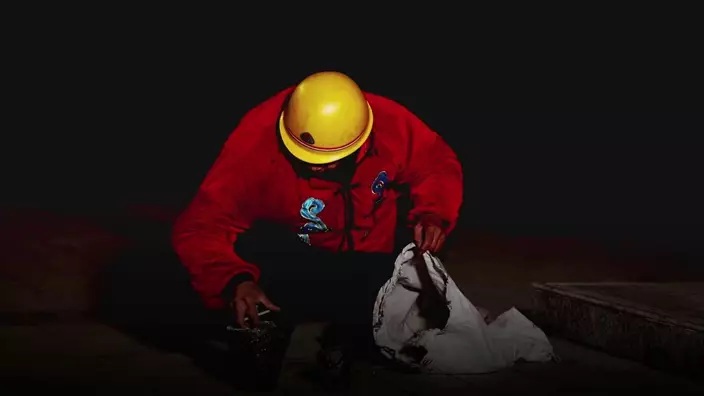
CGTN Photo
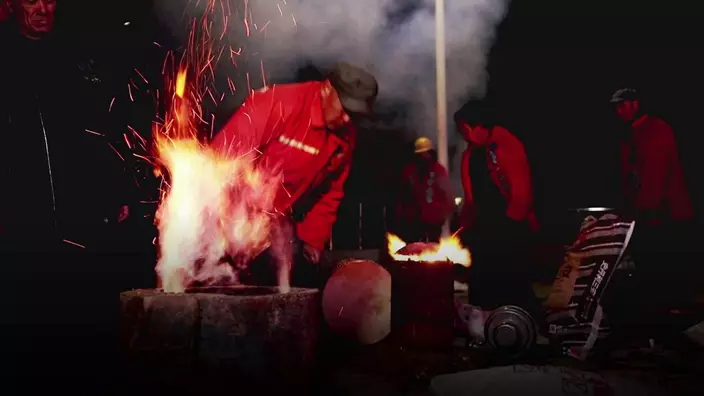
CGTN Photo

CGTN Photo
"It is a game for the brave. I was terrified at first, but gradually got used to it, and the fear was gone," Liu said, his hands covered in scars. His hair and eyebrows were also singed when he performed in Xinyang, Henan Province.
"People ask me why I keep doing it when it's so dangerous. I said that I like challenges. I'm pretty audacious. I'm really happy to bring joy to the folks."
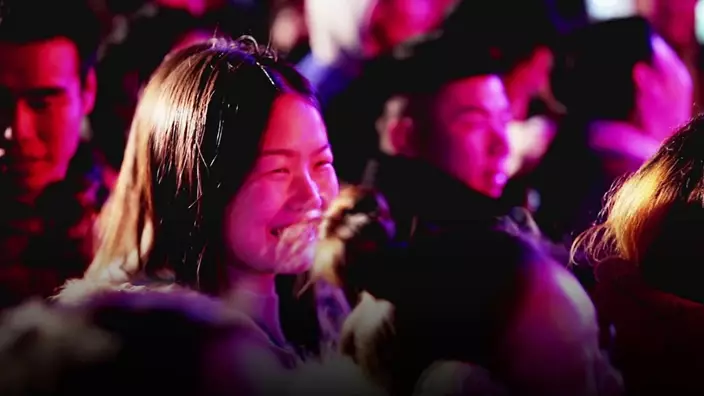
CGTN Photo
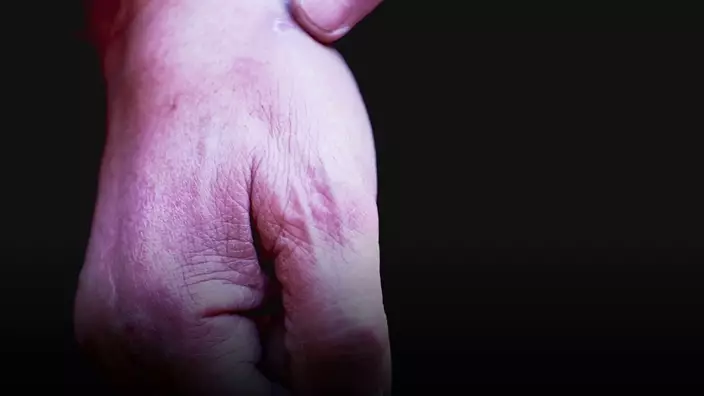
CGTN Photo
Liu has become a man of determination and bravery with more than 40 years' experience spraying the molten iron.
With the shower of sparks, the whole village is illuminated under the red sky at night, signifying a prosperous life in the future. People sit around the furnace, smiling with satisfaction and happiness on their faces.



